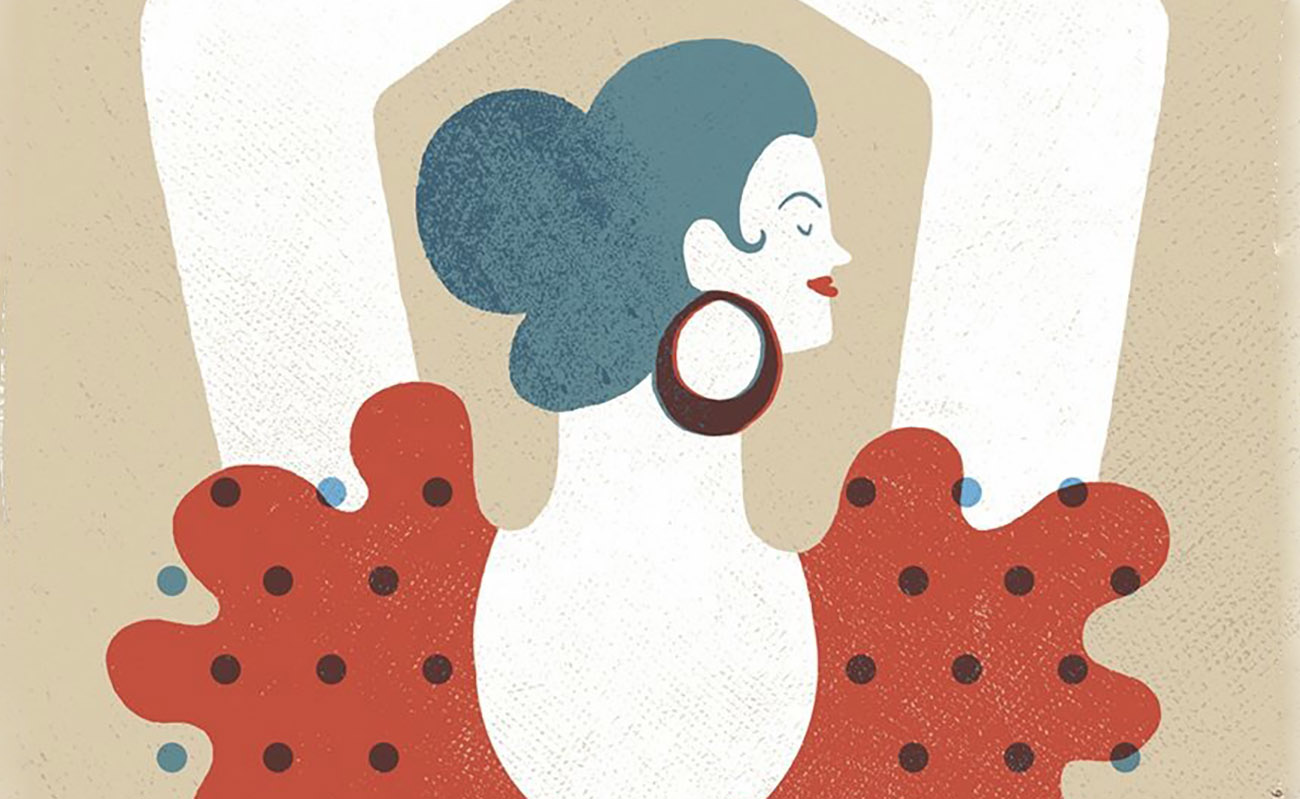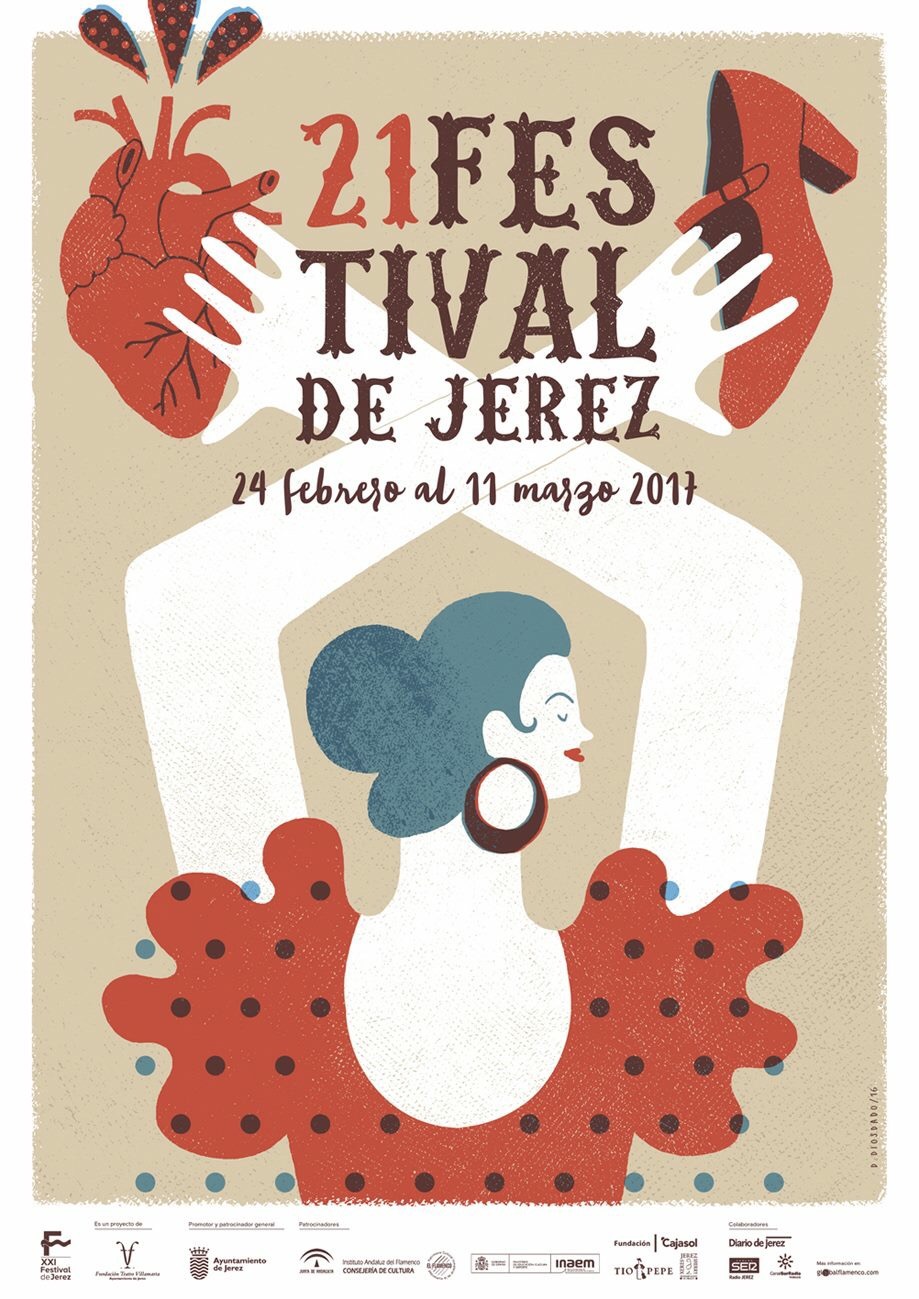Flamenco is already boiling in Jerez
This year I’ll be back in Jerez, at least that’s the plan, because spending one or two days in that city, in such environment, is enough to recharge people’s batteries for the whole year.

February brings us the Festival de Jerez, which for many aficionados is the best of all flamenco festivals. Jerez has been a cradle of good flamenco for almost two centuries, and in that city were born many of the best cantaores in history, such as Chacón and Manuel Torres, to name just two. Jerez is also the birthplace of flamenco artists of such renown as the bailaoras La Macarrona and La Malena and the guitarists Javier Molina, Manuel Morao, Paco Cepero and Moraíto. Without Jerez, flamenco wouldn’t be what it is today. I don’t know what’s the secret or what’s the key to this mystery, but it’s a miracle that happens nowhere else in the world.
In Seville, for example, flamenco is not doing well, despite all its peñas, tablaos and the Bienal. Seville was flamenco’s Mecca in the 19th and 20th centuries, but these days it’s not even a shadow of its former self. Those places in Seville where the artists would hang out to talk about their art and make parties no longer exist. Whoever goes to Seville feeling like joining the artists for drinks and wonder where they meet, too bad, because they no longer meet anywhere, that’s history. Triana these days looks like just any other neighborhood in Spain, unless you come across some artist by chance. Sad, considering how uniquely flamenca Triana used to be. I remember with nostalgia the Taberna El Altozano, belonging to the Gypsy Joselito Lérida, which was often patronized by El Mimbre, Pansequito, Manuel Molina, El Marsellés, Aurora Vargas, Naranjito and many others. There was also El Morapio, on Pelay Correa street, watering hole of many of those who belonged to the group Triana Pura: El Pati and Pastora; El Herejía, El Breva, El Juani, El Coco, Pepa la Calzona and La Frasca. People walking by La Cava district (along Pages del Corro street) used to come across artists (professionals or not) overflowing with talent, but that’s no longer the case. Yet, in Jerez, there are still the taverns, tabancos and more modern venues where it’s possible to meet the artists of the land: Fernando el de la Morena, Luis el Zambo, El Capullo, Diego Carrasco, Mateo Soleá and endless others. Besides, walking by La Plazuela or by the Barrio Santiago, everything smells of flamenco: the fish market, the butcher’s shops, the bars, the houses. I know that people will say that Jerez is nothing like it was a few decades ago, just like it happens with Cádiz, Seville or Málaga. Yet, in Jerez flamenco is still boiling, just like the cooking pots still boil in some places of that magical city. In a little while they’ll have their Festival de Jerez, one of the best in the world, and on top of that, another parallel festival has been created, the Festival Flamenco Off Jerez, which is becoming well established, and, alongside those two, there’s yet another festival, which this year is having its first edition. So, the spirit and strength of the main festival has inspired two others. Then there are the peñas flamencas. In no other city in the world there’ll be such a concentration of flamencos artists and shows such as in Jerez this month. In no other. Aficionados will come all over the world, some to enjoy the good atmosphere and the shows, others to take part in the many courses and workshops offered this month, some by artist who only go to Jerez for that, to teach courses, because the whole world wants to learn flamenco.
Naturally, I’ve gone many times to the Festival de Jerez and then I get lost among the most traditional streets in the city to enjoy that flamenco spirit, ending up, with some luck, in some private party or meeting of artists, such as those I already mentioned. Whoever experiences that environment once, comes back the following year, because there’s no greater hook in this art than meeting some geniuses in a tabanco, enjoying themselves, improvising, telling stories, at ease, being authentic, without anyone telling them where to sit and what to dress. This year I’ll be back in Jerez, at least that’s the plan, because spending one or two days in that city, in such environment, is enough to recharge people’s batteries for the whole year.





